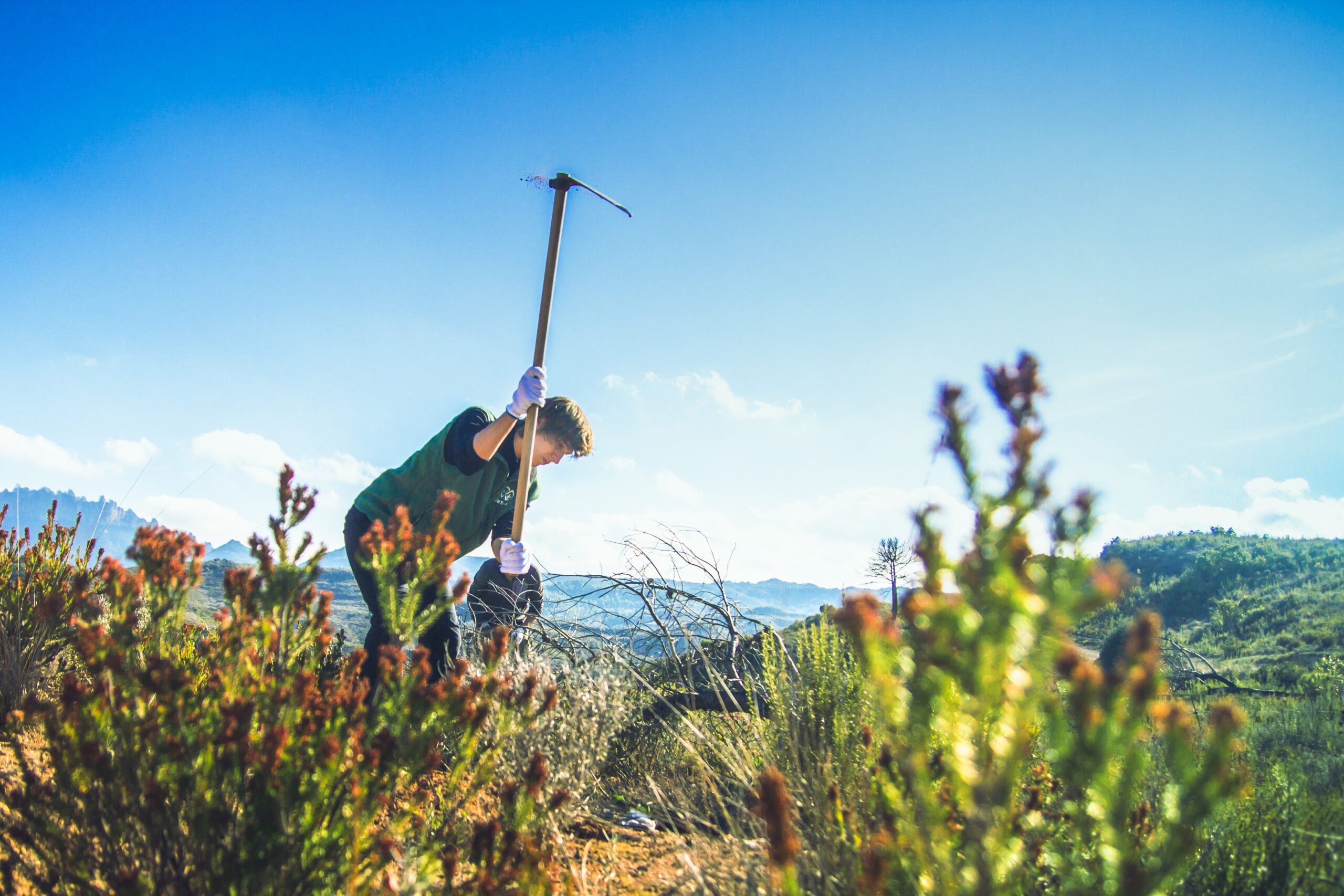The Royal Forestry Society of Belgium welcomes Life Terra’s first planting initiative in Belgium
The Royal Forestry Society of Belgium / Société Royale Forestière de Belgique / Koninklijke Belgische Bosbouwmaatschappij (SRFB-KBBM) and Life terra Foundation are organizing a first planting demonstration in the Brussels area on March 26th to show stakeholders the importance of climate-resilient reforestation, and how tagging trees can contribute to monitoring long-term performance.
SRFB-KBBM aims to promote and protect the forest, as well as its sustainable management. It encourages its members to practice sustainable and quality forestry and trains them in forest management techniques. The association deals with all aspects of forestry technology and pays particular attention to the adaptation of forests to climate change.
Life Terra is a unique, pan-European project co-financed by the European Commission aiming at planting 500 million trees until 2025 so as to restore our relationship with nature and contribute to mitigating climate change.
Both partners agree on the urgency to act immediately and locally, that is why the alliance was forged.
State of forests in Belgium
Belgian forests cover approximately 23% of the area of the country with strong differences between regions (33 % of Wallonia and 11% of Flanders). This forest is dominated by broadleaf tree species (56%). 55% of the forest belongs to private owners while 45% is owned by the public sector (region, municipalities…). The Belgian forest is a poorly diversified forest. It is largely dominated by spruce (almost 20% of the forest area), oak (pedunculate and sessile), and beech. Come next to Scots pine (especially on the sandy soils of north and east of Flanders) and the Douglas fir. Larch, maple, ash, and other hardwood species and conifers represent only 1 to 3% of the forest area. Unfortunately, a good part of the dominant tree species (beech, spruce, pedunculate oak) are also the tree species that suffer the most from the disruption of the water supply during the growing season following the more and more frequent summer droughts. These droughts also weaken stands and make them more prone to diseases and pests.
Belgian forest owners, like so many others in Europe, are thus facing many environmental challenges. For example, the bark beetle problem is heavily affecting spruce forest stands. SRFB-KKBM is involved in finding and demonstrating solutions to achieve more climate-resilient forests that are based on diversity, diversity of tree species of course but also the diversity of ages and forestry techniques.
Nicolas Dassonville, Head of Project Trees for Future: “One of the projects of the SRFB-KBBM is called Trees for Future. It aims at introducing and trialing tree species coming from the south of Europe and the Mediterranean basin in order to adapt the forest to climate change by an assisted migration approach. The introduced species are assessed in terms of climate resistance, health, and wood production.”
Life Terra provides some solutions
Sven Kallen, Founder Life Terra Foundation: “Each tree will be geolocalised with Life Terra’s tagging technology to allow for individual monitoring of the trees.
We want our work to be worthwhile and the forest we plant now will be thriving for at least 40 or 50 years (most of the time, it is far more: 60 years for spruce for instance, and more than 100 years for oak). That means we have to take future climate scenarios seriously. We are very grateful for the confidence of SRFB-KBBM in developing joint projects to not just reforest but really try and plant for the future”.
